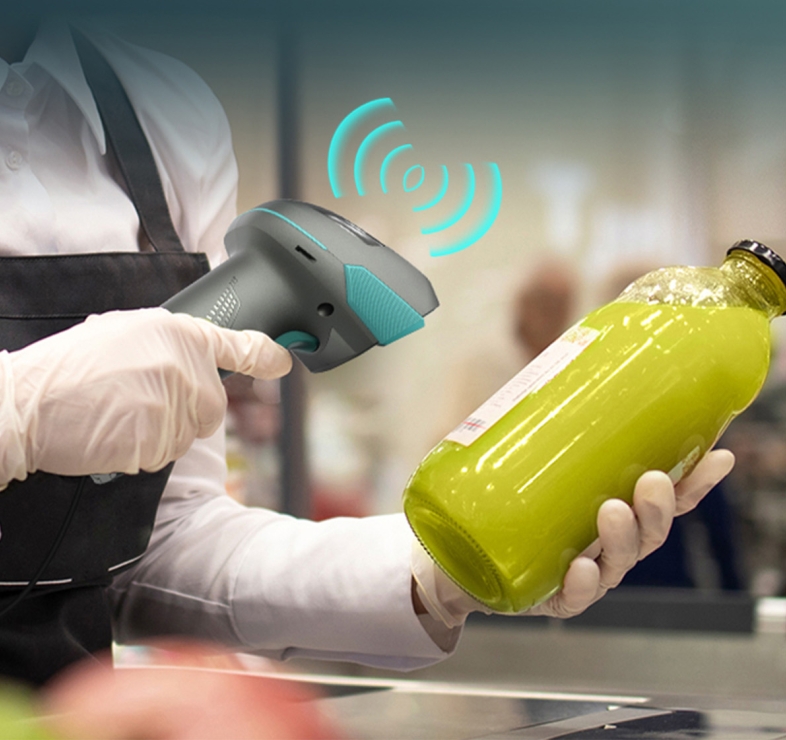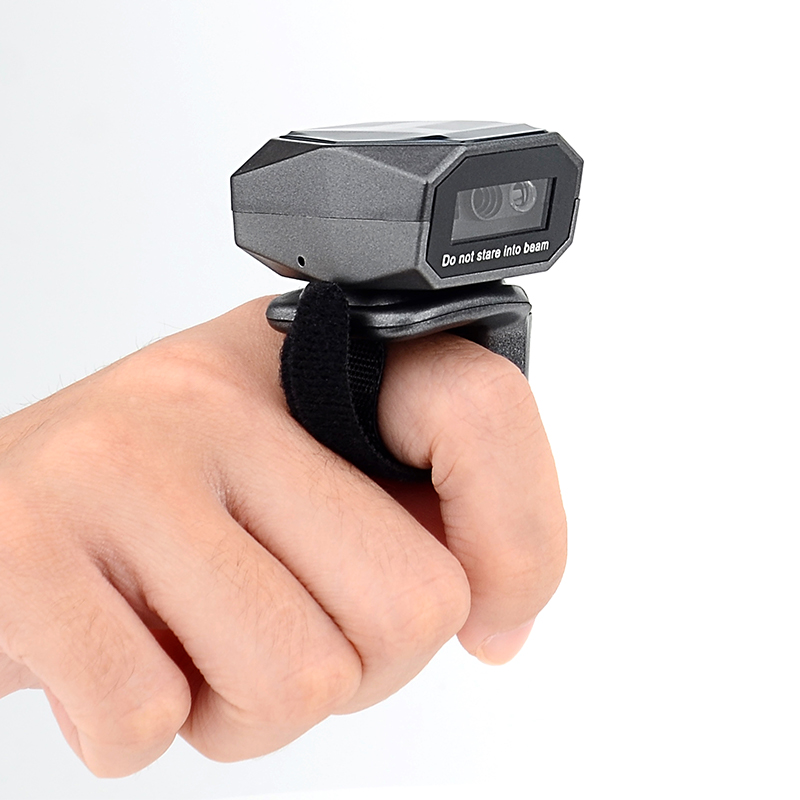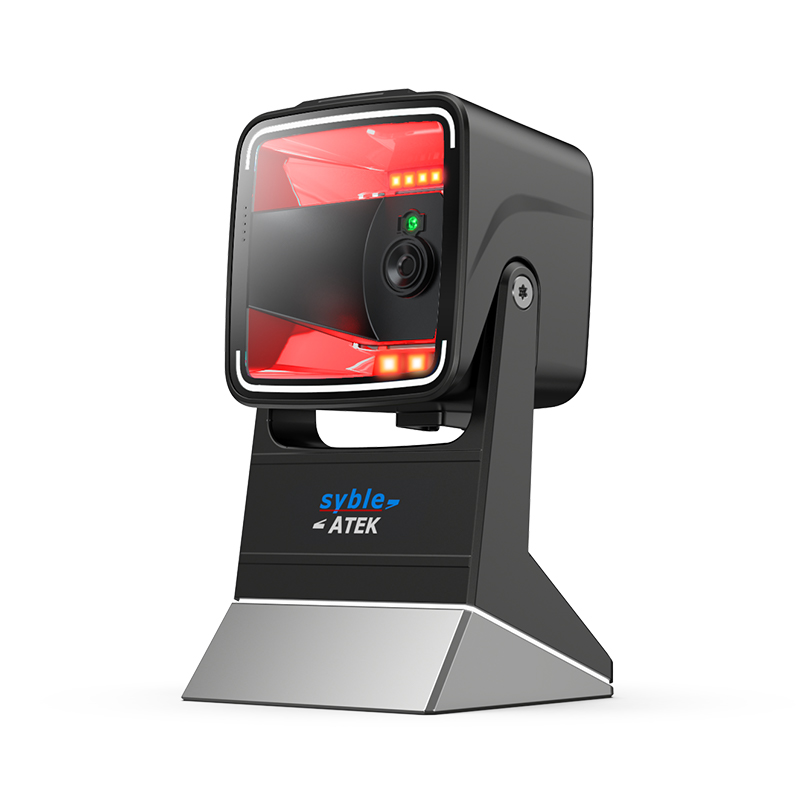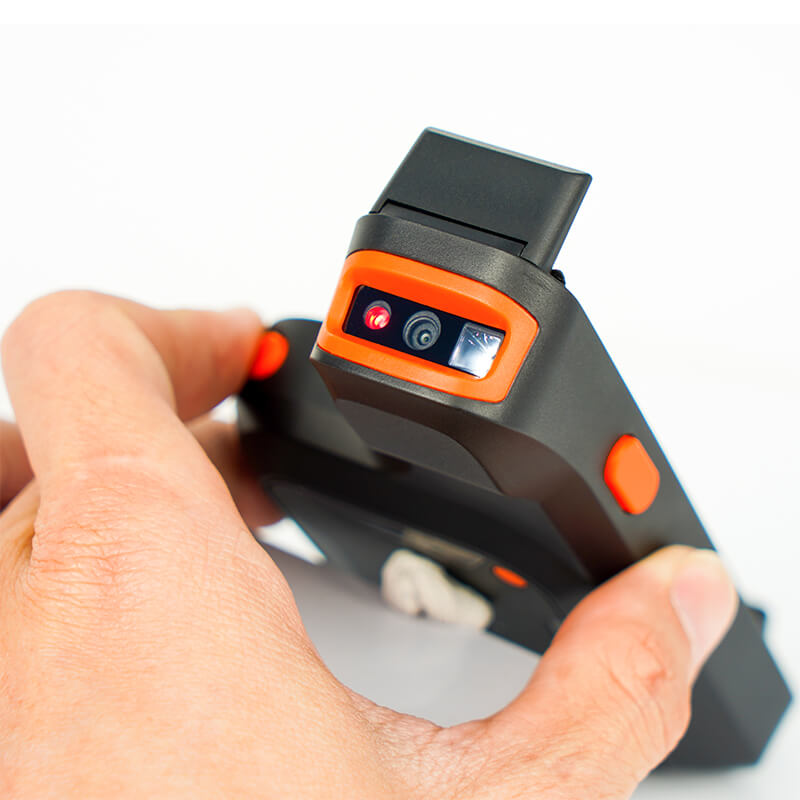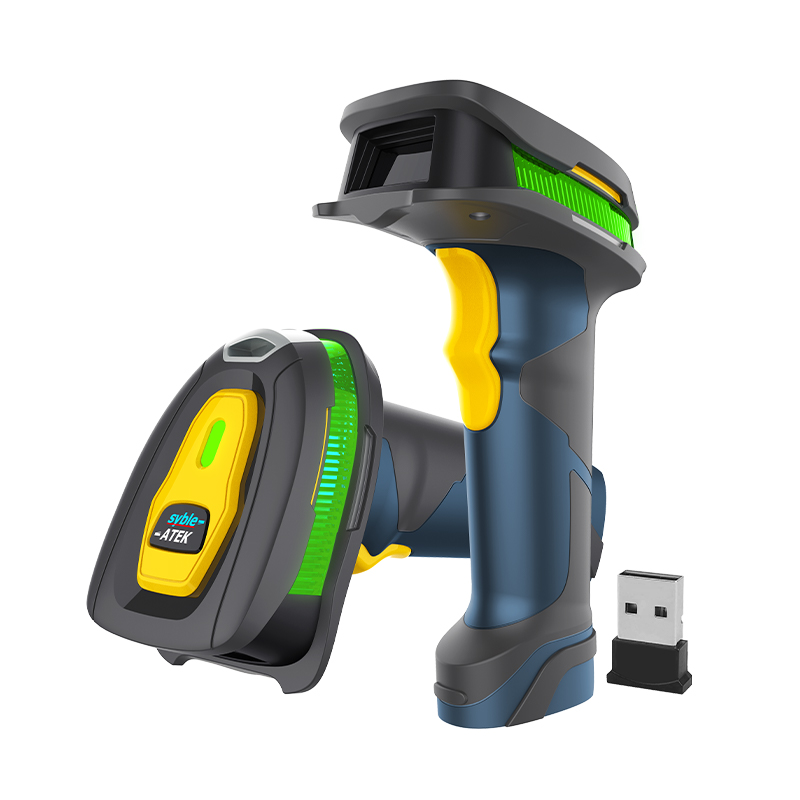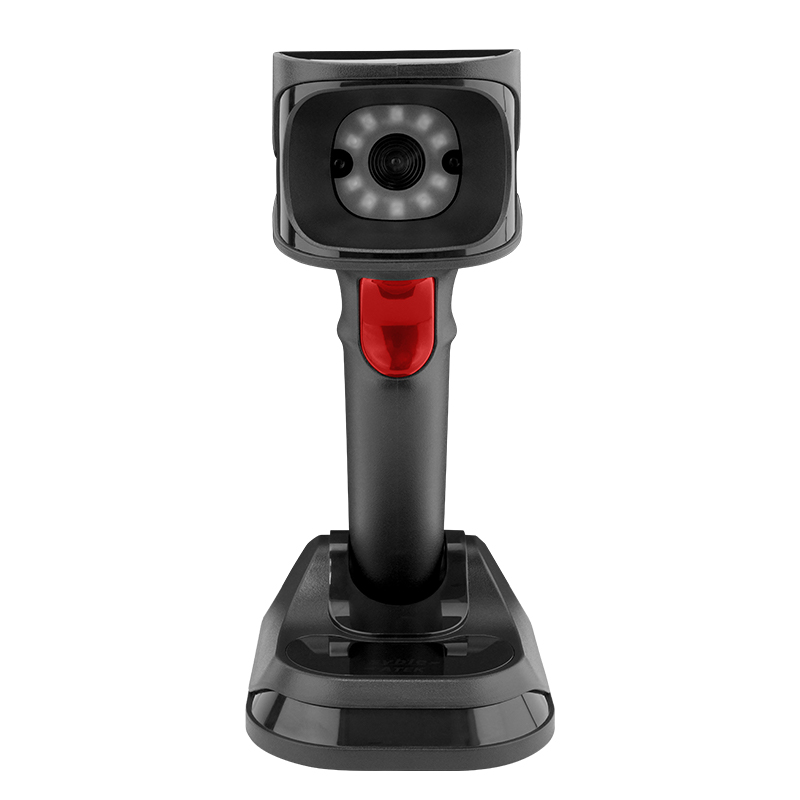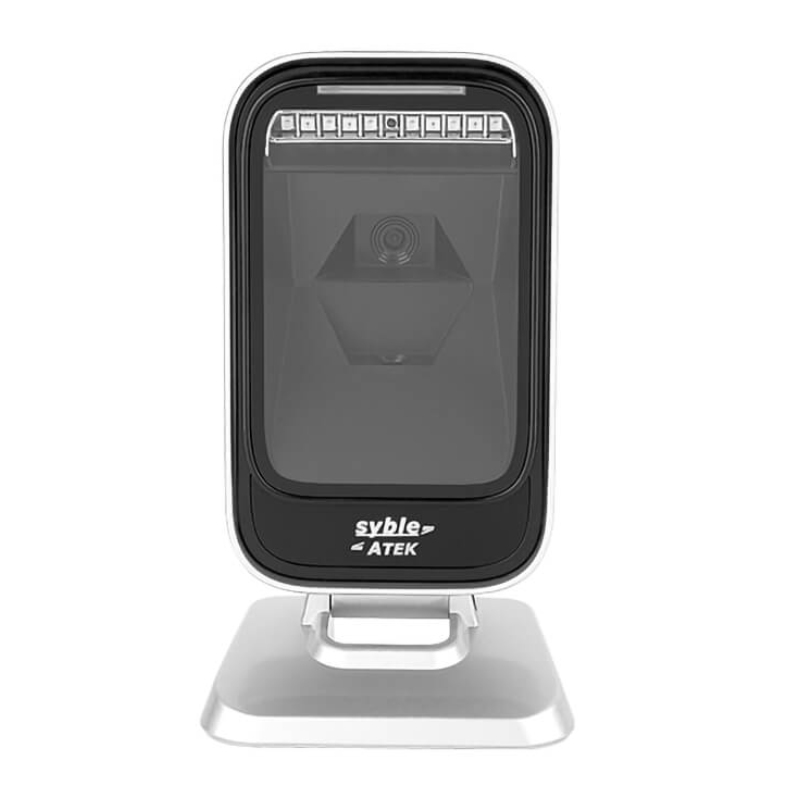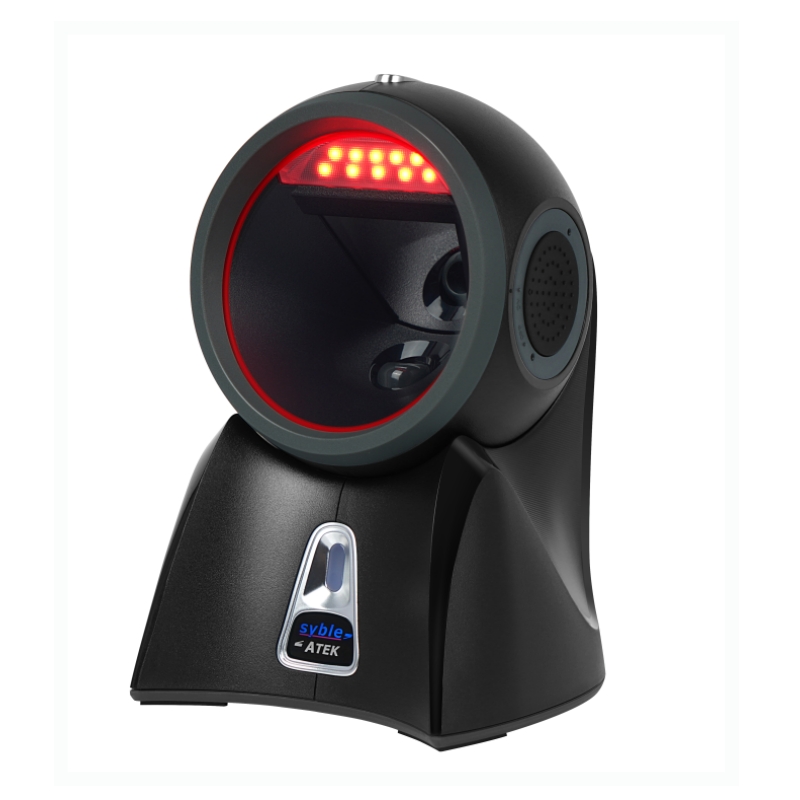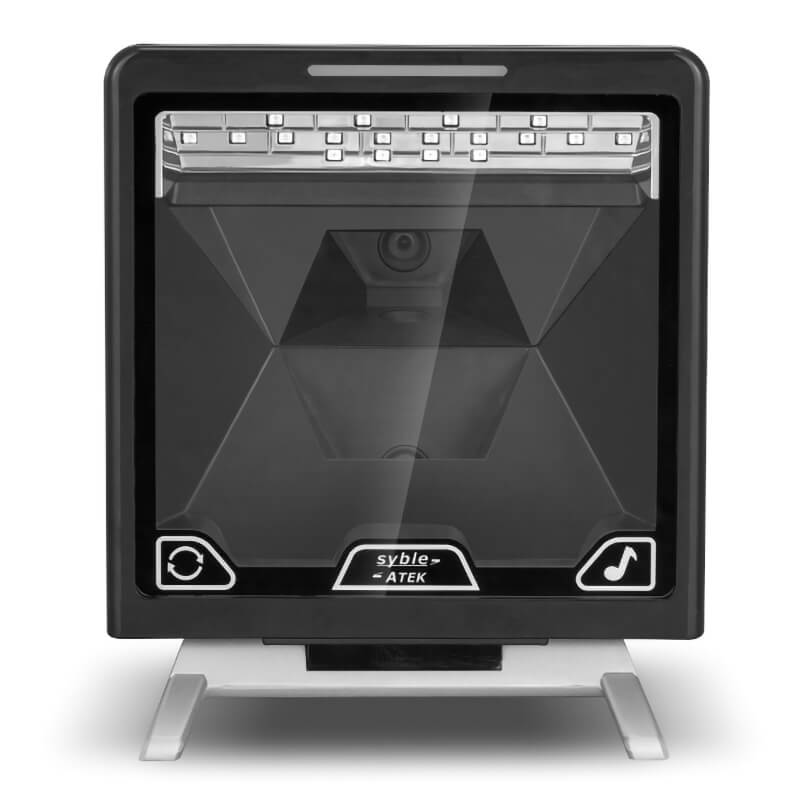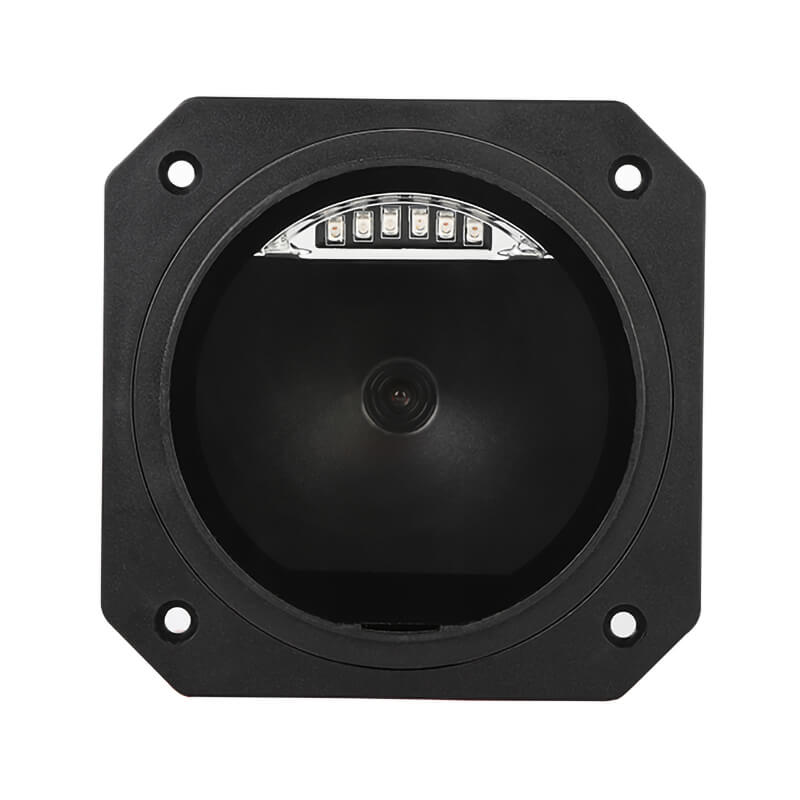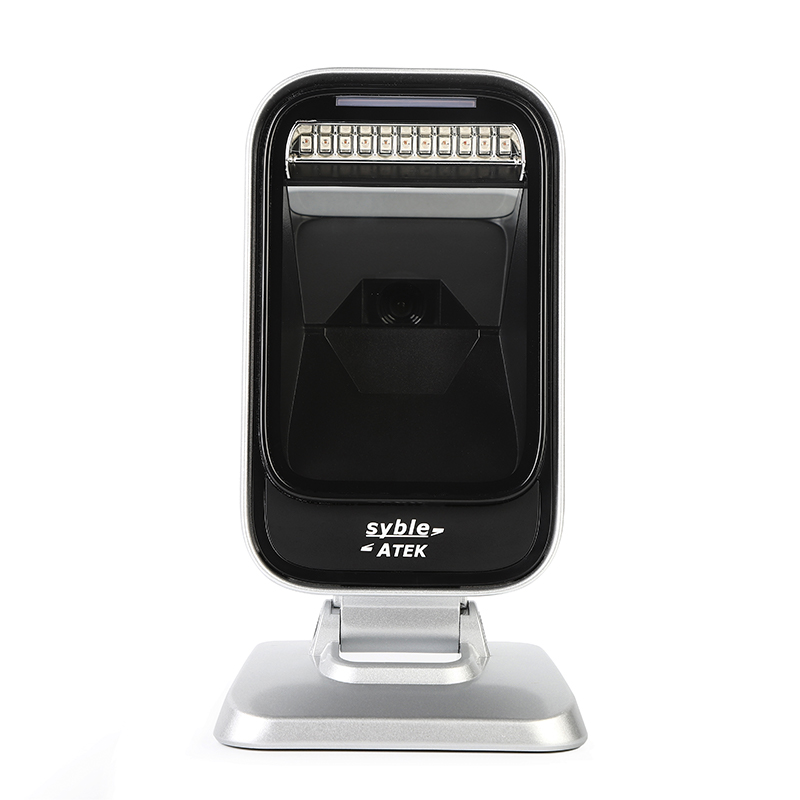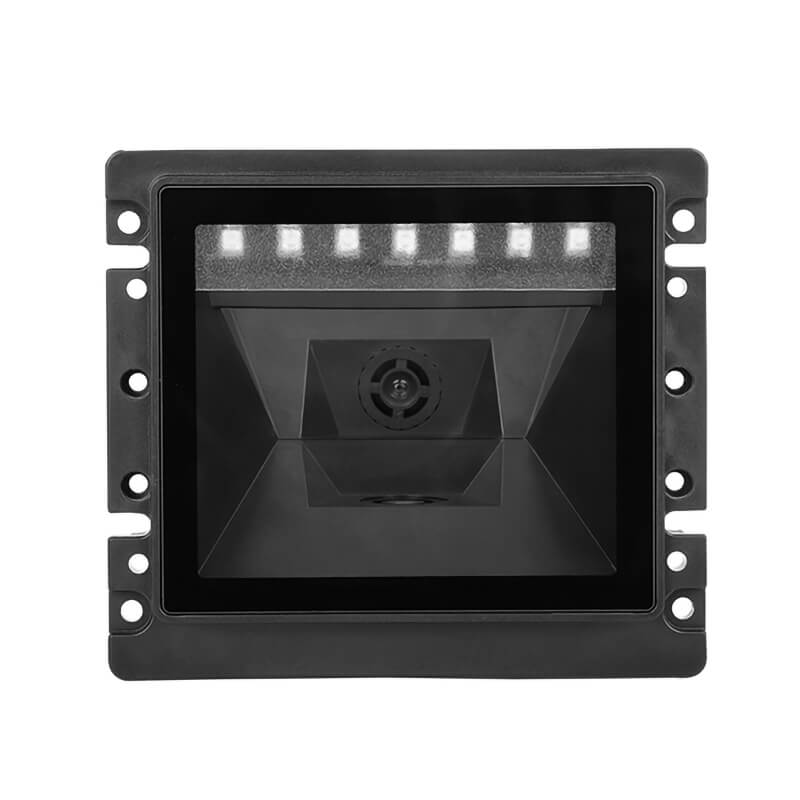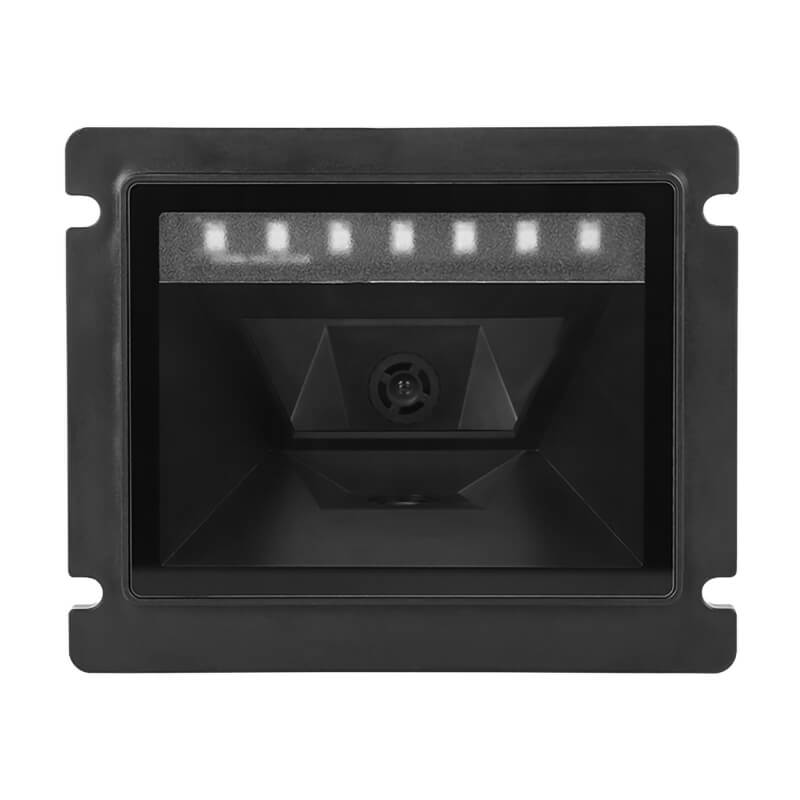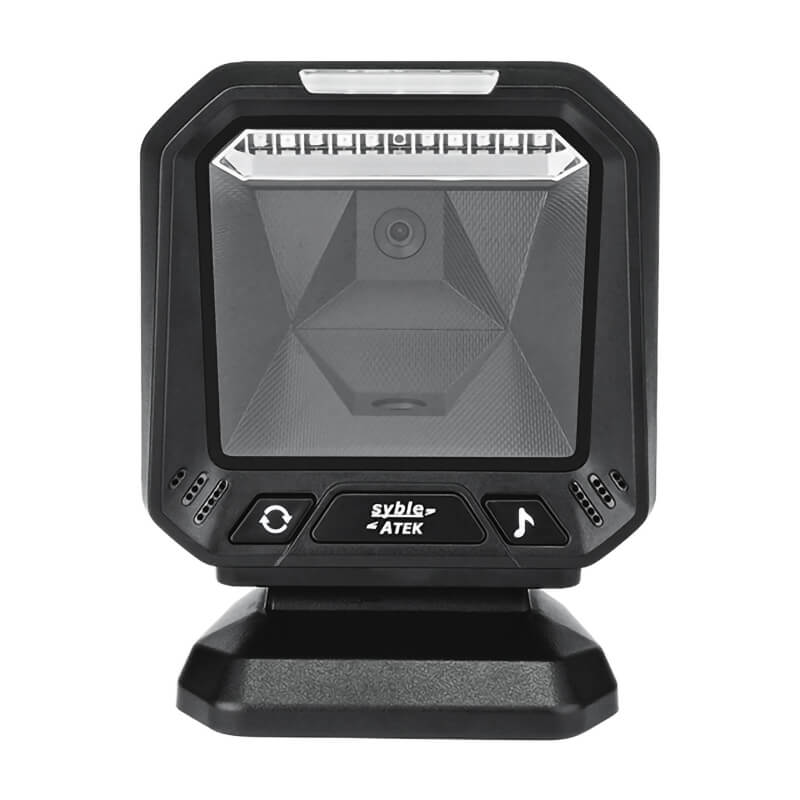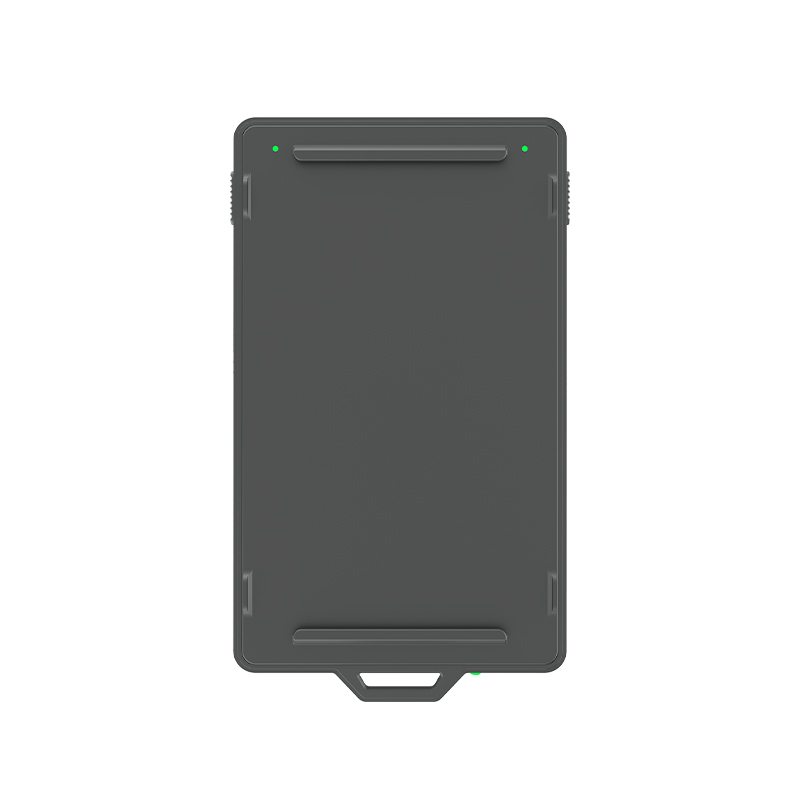Here’s a concise breakdown of image count specifications for barcode scanners, including how it impacts performance and what to look for in devices like the AK-RS Wearable Scanner:
1. What is "Image Count" in Barcode Scanners?
Definition: The number of frames (images) the scanner captures per second to decode a barcode.
Typical Range:
Basic scanners: 30–60 images/second (low-speed environments).
High-performance scanners (e.g., AK-RS): 100–300+ images/second (for rapid or motion scanning).
2. Why Image Count Matters
Speed: Higher image count = faster decoding (critical for warehouses or retail checkout).
Accuracy: More images improve success rates for damaged/angled barcodes.
Motion Tolerance: Scanners with 100+ images/sec can read barcodes on moving conveyor belts.
3. AK-RS Wearable Scanner Image Count
While exact specs may vary, high-end scanners like the AK-RS typically feature:
High-resolution camera: Captures 50+ barcodes/second (implied by rapid data capture capability).
Multi-frame processing: Uses multiple images per scan to ensure accuracy, even for 1D/2D codes.
4. Key Specifications to Compare
|
Feature |
Basic Scanner |
High-End Scanner (e.g., AK-RS) |
|
Image Count |
30–60 images/sec |
100–300+ images/sec |
|
Barcode |
Types 1D only |
1D + 2D (QR, Data Matrix, etc.) |
|
Use Case |
Retail POS |
Warehousing, Logistics, Healthcare |
5. How to Verify Image Count
Check the product’s "Scan Rate" (e.g., "50 scans/second" = ~100+ images/sec).
Look for terms like "high-speed imaging sensor" in technical specs.
Contact the manufacturer (e.g., Syble/ATEK) for detailed datasheets.
6. Pro Tip
For industrial use, prioritize scanners with:
✅ 200+ images/sec (for high-speed environments).
✅ Multi-angle processing (like the AK-RS’s 330° rotation).
Need help choosing? Ask about the AK-RS’s scan engine specs for your workflow!
Tags: #BarcodeScanner #ImageCount #WarehouseTech #AKRS #Logistics

